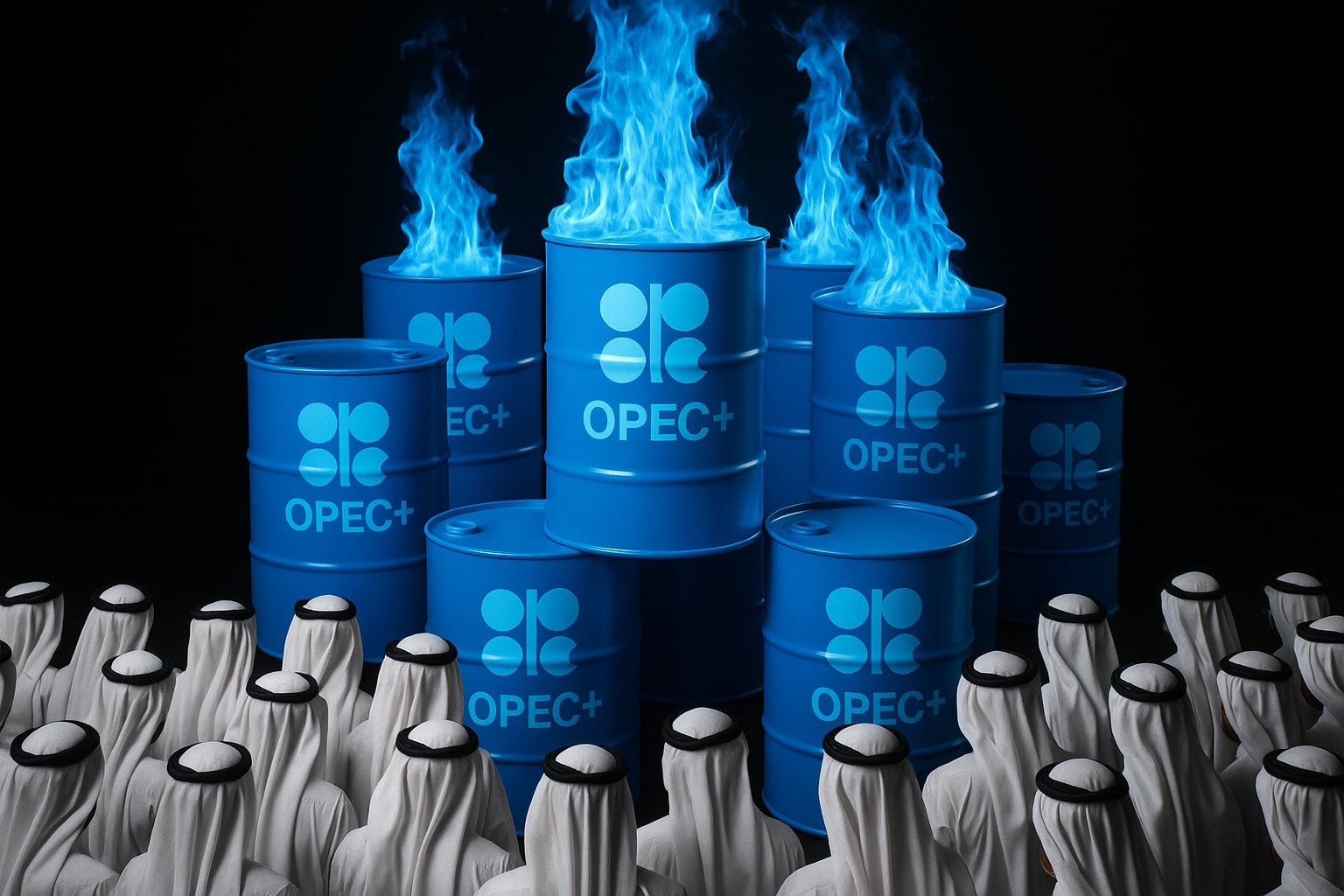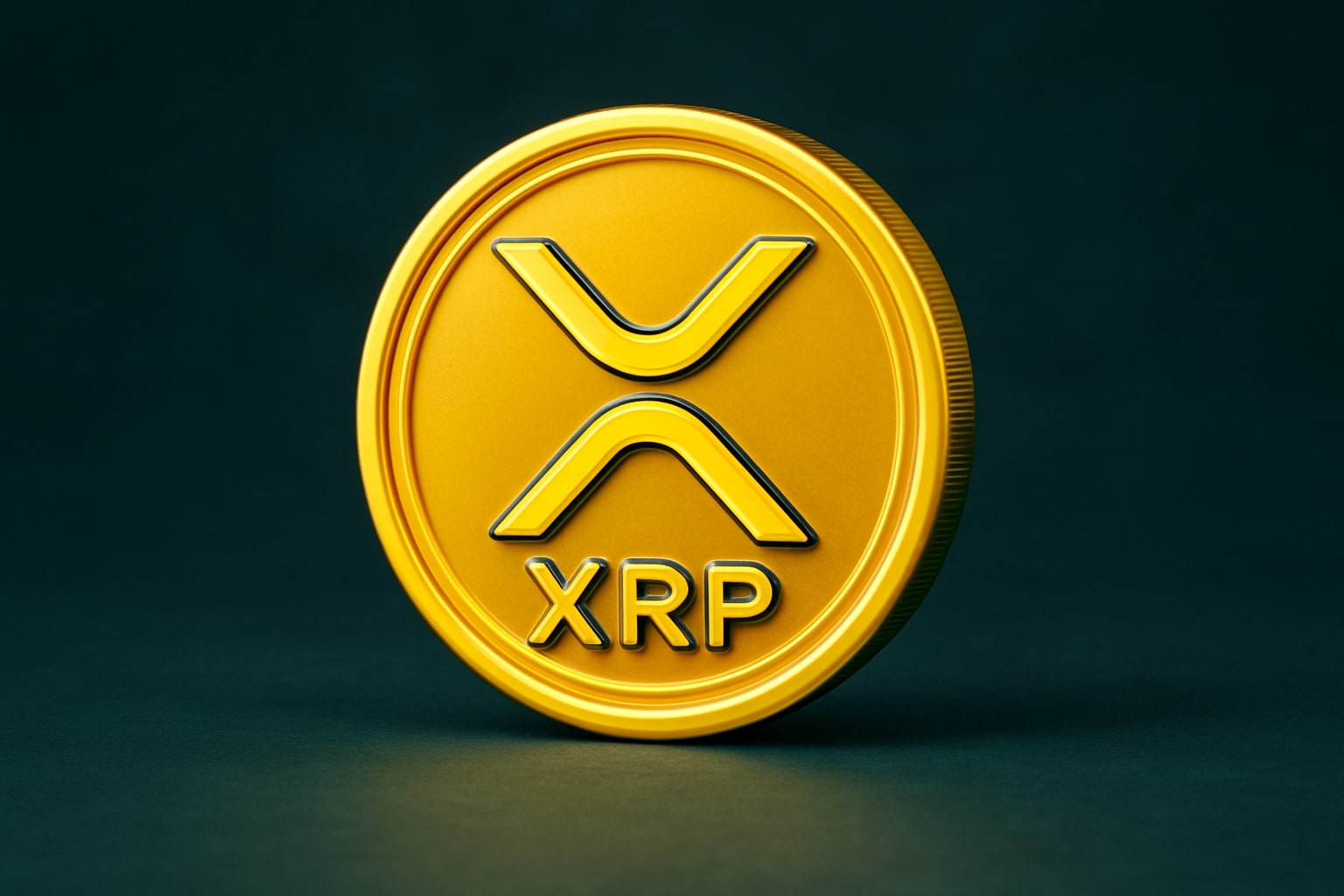
Natural Gas Price Surges Toward Multi-Year Highs as $4.60 Breakout Collides With Winter Demand
NG=F pushes higher on a 58% Henry Hub jump, expanding LNG exports, colder-than-normal December forecasts, and aggressive retail price spikes hitting power and industrial sectors | That's TradingNEWS
Natural Gas (NG=F): A Market Entering a Structural Price Shift as Retail Costs Surge, Henry Hub Tightens, and Winter Demand Collides With LNG Expansion
Read More
-
CoreWeave Stock Price Forecast - CRWV Shares Falls to $79.30 as Delays, Debt and AI Volatility Collide With Explosive $55.6B Backlog
13.11.2025 · TradingNEWS ArchiveStocks
-
XRP Price Forecast - XRP-USD Steadies Above $2.30 as ETF Debut Triggers a High-Stakes Pivot
13.11.2025 · TradingNEWS ArchiveCrypto
-
Oil Price Forecast - Oil Prices Slide as WTI Holds $58.46, Brent Ticks to $63.15 and Azeri Light Drops Sharply
13.11.2025 · TradingNEWS ArchiveCommodities
-
Stock Market Today - Nasdaq 22,959 Crashes as Tech Unravels— DIS Stock –8.8% & NVDA Stock –4% Hit Markets Hard
13.11.2025 · TradingNEWS ArchiveMarkets
-
GBP/USD Price Forecast - Pound Climbs Toward 1.3200 as Dollar Weakens and UK Data Sparks Major Repricing
13.11.2025 · TradingNEWS ArchiveForex
Export Demand and LNG Build-Out Create Long-Duration Floor for NG=F
Natural gas futures are no longer driven only by domestic consumption; LNG export capacity has become a major demand pillar. High export demand is keeping prices elevated even before full winter heating loads arrive. The International Energy Agency projects long-term global gas consumption to increase through 2050, countering predictions that alternative energy sources would sharply erode natural gas demand. With data center expansion, industrial reshoring, and long-term LNG contracts reshaping structural demand across Asia and Europe, NG=F is supported by a stronger global foundation than markets held in the previous decade. Export volumes continue to rise, and every major U.S. distribution hub, including Henry Hub, is tracking higher pricing year-over-year. Even Waha pricing in West Texas—historically prone to negative or near-zero pricing—has tightened, though regional congestion remains an issue as Permian producers seek premium markets outside the basin. The LNG export boom ensures a long-duration floor under NG=F because liquefaction plants operate at near-constant demand levels regardless of domestic temperature swings.
American Industrial Gas Inventory Expands as Producers Reshape Flows Around Gas-Linked LNG Contracts
Recent output data shows Appalachian producers like Gulfport expanding their natural gas inventory and optimizing their Marcellus and Utica dry-gas portfolios to target higher LNG-linked pricing structures. Development of Utica U-wells and new transport contracts enlarges supply and expands reach into markets where LNG-linked pricing provides a premium over regional spot hubs. NG=F reacts to these supply-side adjustments because higher-volume production regions now strategically redirect output to premium coastal markets instead of oversupplied hubs. Producers are aligning drilling and transport decisions with the global LNG cycle, meaning upstream production expansions now complement export-driven price floors.
European Retail Gas Prices Show Extreme Geographic Disparity, Reinforcing NG=F’s Global Pricing Influence
Although NG=F is a U.S. futures contract, the European household and industrial gas pricing map illustrates how global supply chains and LNG flows influence regional markets. Household gas prices range from €21.3 per 100 kWh in Sweden to €3.07 per 100 kWh in Hungary, while industrially significant economies like France, Italy, and Germany report high retail costs of €13, €12.4, and €12.2 respectively. The European Union average is €11.4, while Turkey, Georgia, and several Balkans sit near extremely low levels. When adjusted for purchasing power, Sweden remains the highest at 17.6 PPS, while Hungary anchors the EU at 4.4 PPS. These disparities are driven by energy balances, supplier strategies, storage capacity, and weather impacts, and ultimately affect LNG import capacity, which in turn shapes demand for U.S. LNG and indirectly influences NG=F. With Europe requiring stable LNG intake as Russian flows remain structurally crippled, NG=F pricing continues to reflect transatlantic energy stress.
Short-Term NG=F Price Behavior Driven by Conflicting Weather Models and Storage Expectations
Recent trading sessions show NG=F drifting as traders digest inconsistent weather signals while awaiting storage data. Mild weather in the near term has paused the rally after a strong Veterans Day surge that added 23 cents to December futures. NG=F briefly stalled as temperatures warmed, but the medium-range outlook indicates renewed cold conditions that could reignite the next leg higher. Storage levels are trending toward parity with last year, with the U.S. storage surplus shrinking as winter approaches. Early Arctic blasts and record LNG flows have lifted natural gas futures sharply on several days, confirming that the next decisive move for NG=F will emerge from the intersection of weather model convergence and updated storage draws.
Final Verdict on Natural Gas (NG=F)
Natural gas sits at the center of a structurally tightening market where Henry Hub strength, winter demand, LNG export growth, and uneven retail price adjustments are creating a dynamic that supports higher futures even when short-term weather swings cause temporary pullbacks. The wholesale market’s 58% year-on-year surge, combined with retail sector increases that reach 37% in power generation and 21% in industrial segments, demonstrates the degree to which NG=F is transmitting upstream cost pressure into the entire energy ecosystem. With NG=F trading near multiyear highs around $4.60 per MMBtu, the market is signaling that the combination of cold-weather forecasts, LNG-driven structural demand, and tightening industrial inventories is more influential than short-term warming trends. Natural gas remains a Buy, contingent on maintaining support above the $4.20–$4.30 zone, with a pathway into the mid-$5 range if December temperatures verify colder-than-normal and LNG flows accelerate into peak-season levels



















